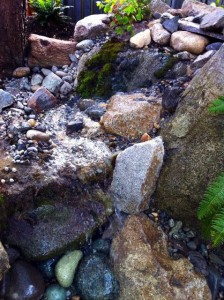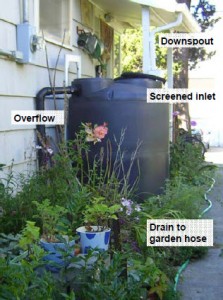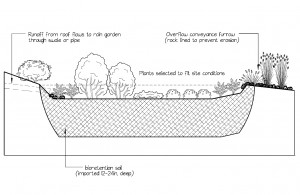Recirculating fountains – self-contained water features for your backyard
November 23, 2010 @ 11:32 am
Recirculating fountains are a great way to add a self-contained water feature to your backyard. You get the benefit of a cascading waterfall – and the relaxing sounds – without the hassle of hooking the fountain up to a dedicated water source such as a garden hose or other outdoor plumbing.
Recirculating fountains rely on an electric pump that sends water from a small reservoir pan at the base throughout the entire system. The pump continues to recycle the water as long as it is turned on. The fountains are constantly recirculating water so they don’t waste much water. Occasionally you’ll need to replenish the water that’s loss due to evaporation, but otherwise these recirculating fountains are typically low-maintenance. And because it does not need to be hooked up to pipes or a garden hose, recirculating fountains are a very flexible landscape option.
There are many different choices of recirculating fountains. They can be as elaborate or as simple as you want. You can construct a fountains out of stone, rock, concrete, ceramic or even wood. They can be a tiered system of boulders, or a single basalt column with water cascading from a single hole at the top. Bubblers are nice in that they require even less space than a pondless waterfall, yet they still provide movement, sound, and interest to your landscape. Contact Ecoyards and we can help you decide the right fountain for your landscape.
Filed under Seattle Landscape Design, Seattle Water Features Permalink · No Comments »






